Religious and Spiritual
Religion and spirituality have been key shaping factors in human history. Different cultures that have evolved across different geographies and time periods have expressed their spirituality in unique ways which can only be experienced by getting out of your comfort zone and exploring them. You may embark on a religious/spiritual journey for pilgrimage, spiritual upliftment, or sightseeing. Regardless of the motivation, engaging in religious travel can be a profoundly enlightening and spiritually fulfilling experience. It presents a unique opportunity to explore diverse religious customs, rituals, and philosophies, and connect with people of disparate faiths worldwide, all of which greatly broaden your perspective. But to me, spiritual travel is an inward exploration that starts with shattering our self-created mental confinements and ends with greater self-awareness and a deeper gratitude for life.
Through this series of articles, I intend to share our stories and experiences of traveling to religious and spiritual sites across the globe with our fellow photography and travel enthusiasts. I hope they help you plan your religious and spiritual travels!
Kali Puja, also known as Shyama Puja, is a major annual Hindu festival that is celebrated in the Indian states of West Bengal, Bihar, Jharkhand, Assam, Odisha, Tripura, and the neighboring nations of Bangladesh and Nepal on the new moon night (Dipannita Amavasya) of the month of Kartik on the Indian calendar (which falls between October and November on the Gregorian calendar) to commemorate the victory of Hindu Goddess Kali (the fiercest form of Goddess Durga who is regarded as ‘Adi Shakti,’ the primordial cosmic energy) against the demons Chand, Munda, and Raktabija as a part of a greater war between Goddess Ambika (Durga) and the demons Shumbha and Nishumbha.
One of the biggest mosques in the world, the Sheikh Zayed Grand Mosque, located in Abu Dhabi, the capital city of the United Arab Emirates is a vast architectural masterpiece that purposefully combines elements of several Islamic architectural styles. It is the largest mosque in the United Arab Emirates, the third largest in the world, and the main site of worship for daily Islamic prayers. The Grand Mosque has been a major stop for visiting visiting foreign leaders during official state visits to the United Arab Emirates. Among the notable guests are former US Vice President Joe Biden and Indian Prime Minister Narendra Modi.
Today I’m going to tell you a remarkable tale! A tale of human craftsmanship, envisioned by a Hindu hermit, designed by a Catholic lead architect and a Buddhist foundational designer, managed by a Sikh, and constructed by a team of Jains and Parsis (Zoroastrians) on a land gifted by a Muslim leader. Welcome to BAPS Hindu Mandir Abu Dhabi!
A Dutch visual artist, philosopher, and landscape architect (who liked to call himself ‘Ecotect’) Louis Guillaume Le Roy (1924–2012) is credited with coining the term ‘Eco-cathedral.’ The name is made up of two elements, ‘Eco’ standing for the natural world, and ‘Cathedral’ for the culture. He intended this to convey the idea that culture and environment should coexist. They are interdependent; their relationship is symbiotic.
Durga Puja, also known by the names Durgotsava or Sharodotsava, is a major annual ten-day Hindu festival that is celebrated in the Indian states of West Bengal, Bihar, Assam, Odisha, Tripura, and the nation of Bangladesh during the month of Ashwin on the Indian calendar (which falls between September and October on the Gregorian calendar), to commemorate the victory of the Hindu Goddess Durga (who is regarded as ‘Adi Shakti,’ the primordial cosmic energy) against the shape-shifting demon Mahishasura after a ten-day war.
‘The Last Supper’ by Leonardo da Vinci (Cenacolo Vinciano in Italian) is one of the most well-known paintings in the entire world. This piece of art was commissioned by Ludovico Sforza, Duke of Milan, and created by Da Vinci between 1494 and 1498, depicting Jesus and his disciples having their final meal, on an interior wall of the Santa Maria Delle Grazie church, a UNESCO World Heritage site, in Milan, Italy.
Radhadesh is a spiritual community established in 1979 in the Château de Petite Somme, a 19th-century castle in Durbuy, a Belgian town famous for its stone homes and cobblestone streets that claims to be the "world's smallest city" located in the Belgian Ardennes. The community and facilities are spread out over 47 hectares, with pastures and attractive woodlands. The population of the village is estimated to be around 100 individuals. Radhadesh is the main center for the International Society for Krishna Consciousness (ISKCON) in the Benelux and is a non-profit organization governed by a democratic general council.
Montserrat, literally meaning “serrated mountain” or "saw mountain" in Catalan, is a stunning 1,236 m high mountain, 50 kilometers northwest of Barcelona. The mountain gets its name from the curiously rounded rock pillar formations that appear to have been sawed and sculpted by wind and rain over thousands of years. Pink conglomerate, a sedimentary rock, is the main constituent of the mountain. Cradled at 725 m on its slopes, is Santa Maria de Montserrat, the historic mountain top Benedictine monastery that houses the statue of the Virgin of Montserrat, one of Europe's rare Black Madonnas. It is one of Catalonia's most important shrines, as well as one of the most prominent Catholic pilgrimages in the world, making Montserrat the most popular day trip from Barcelona.

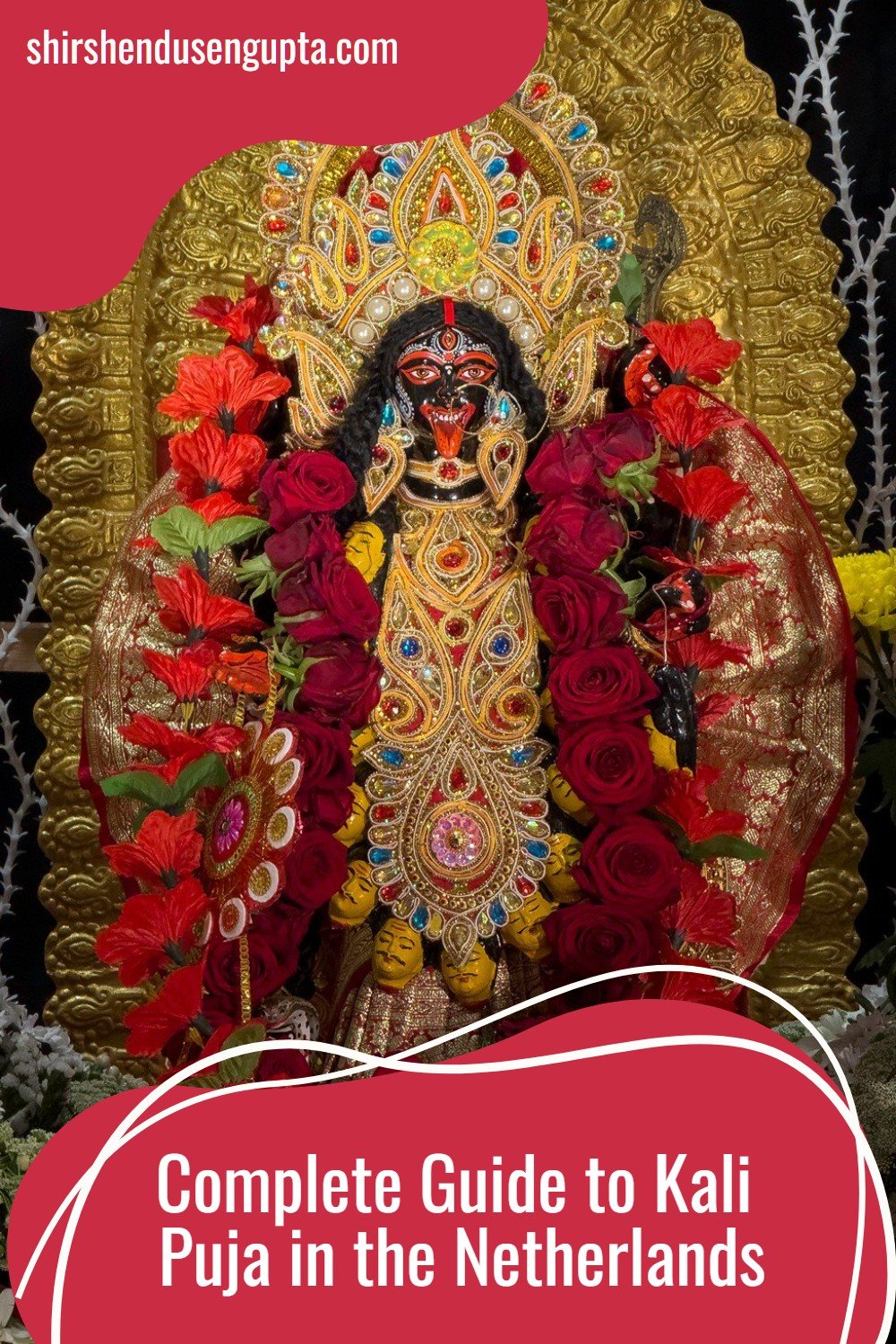
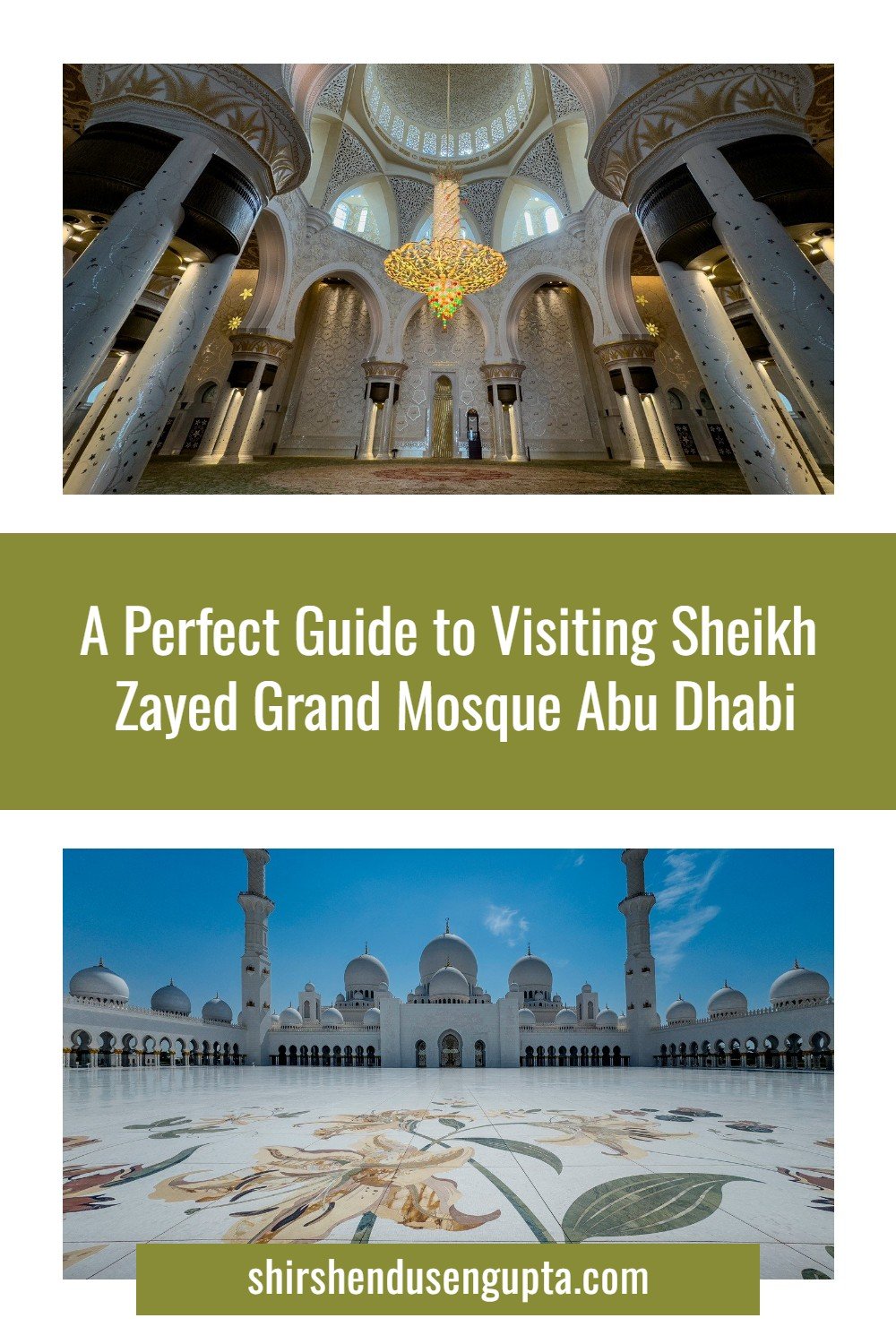
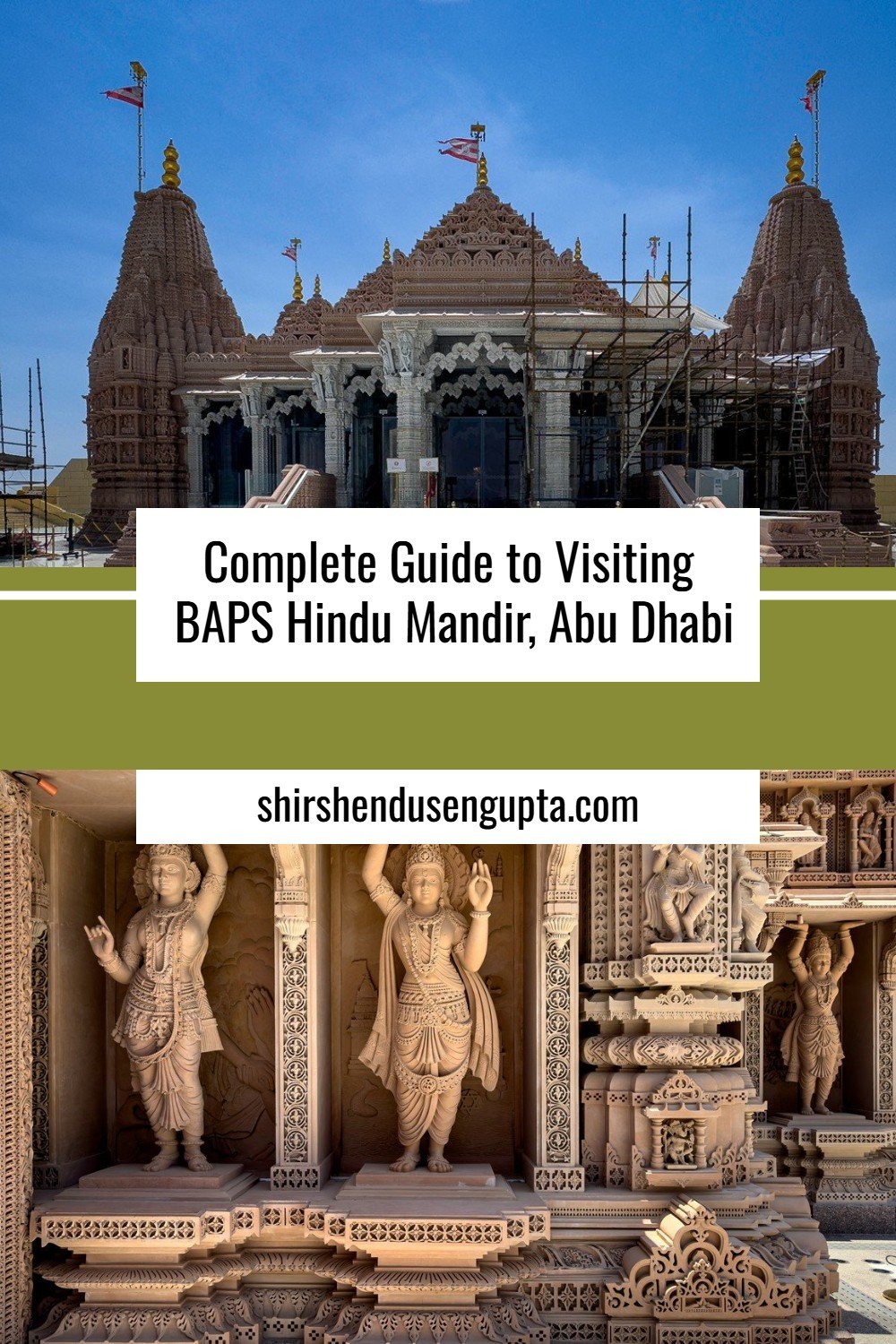

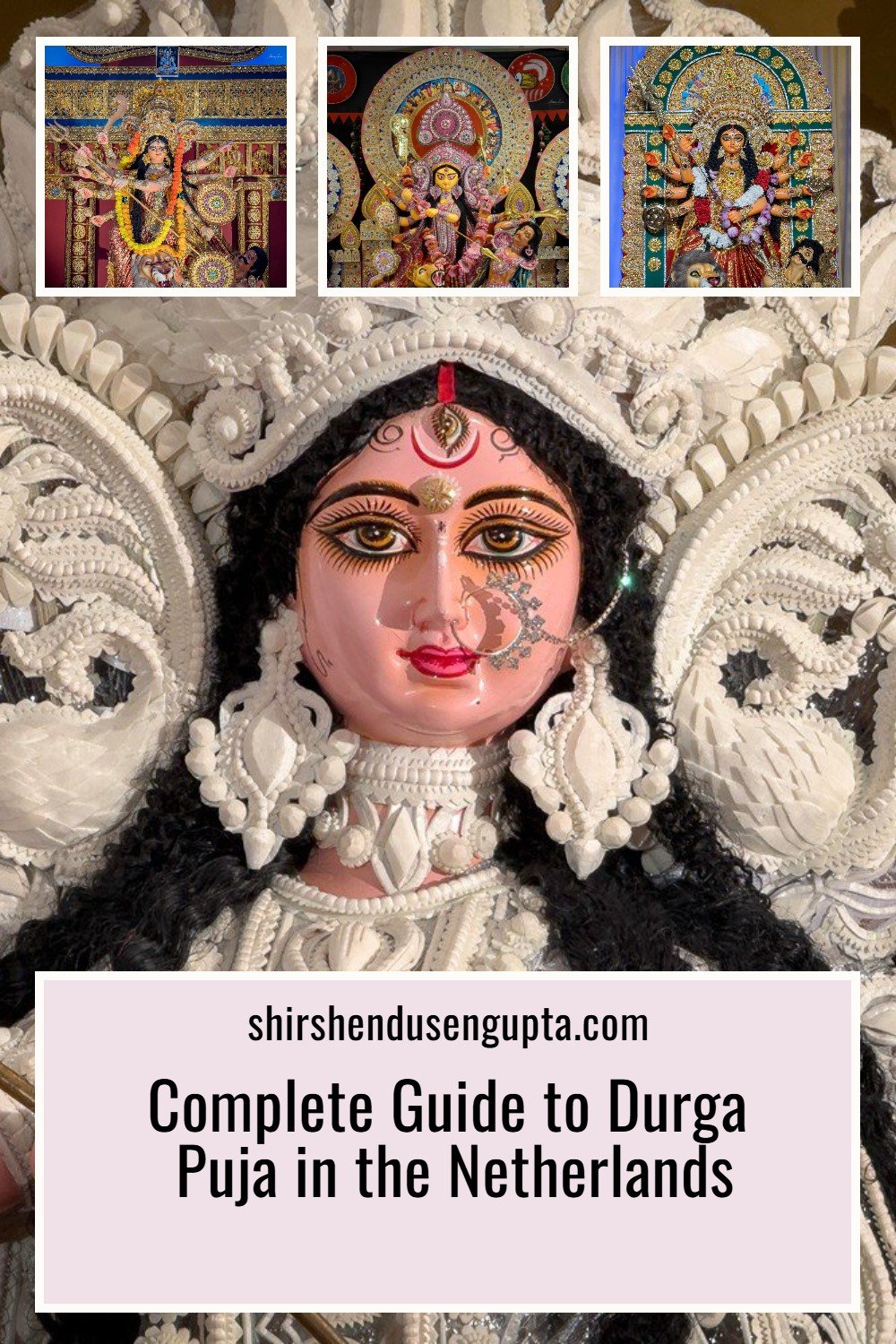
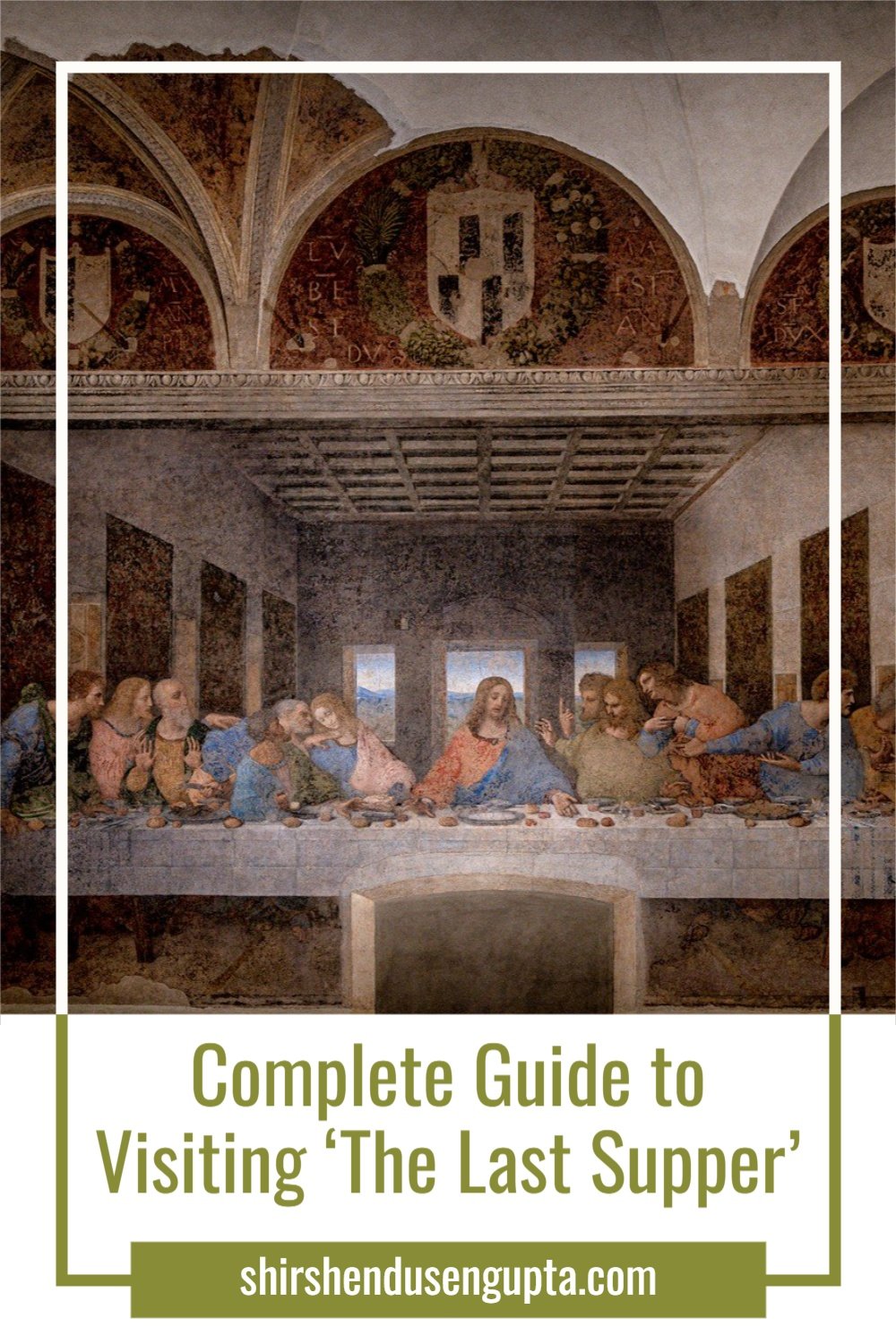
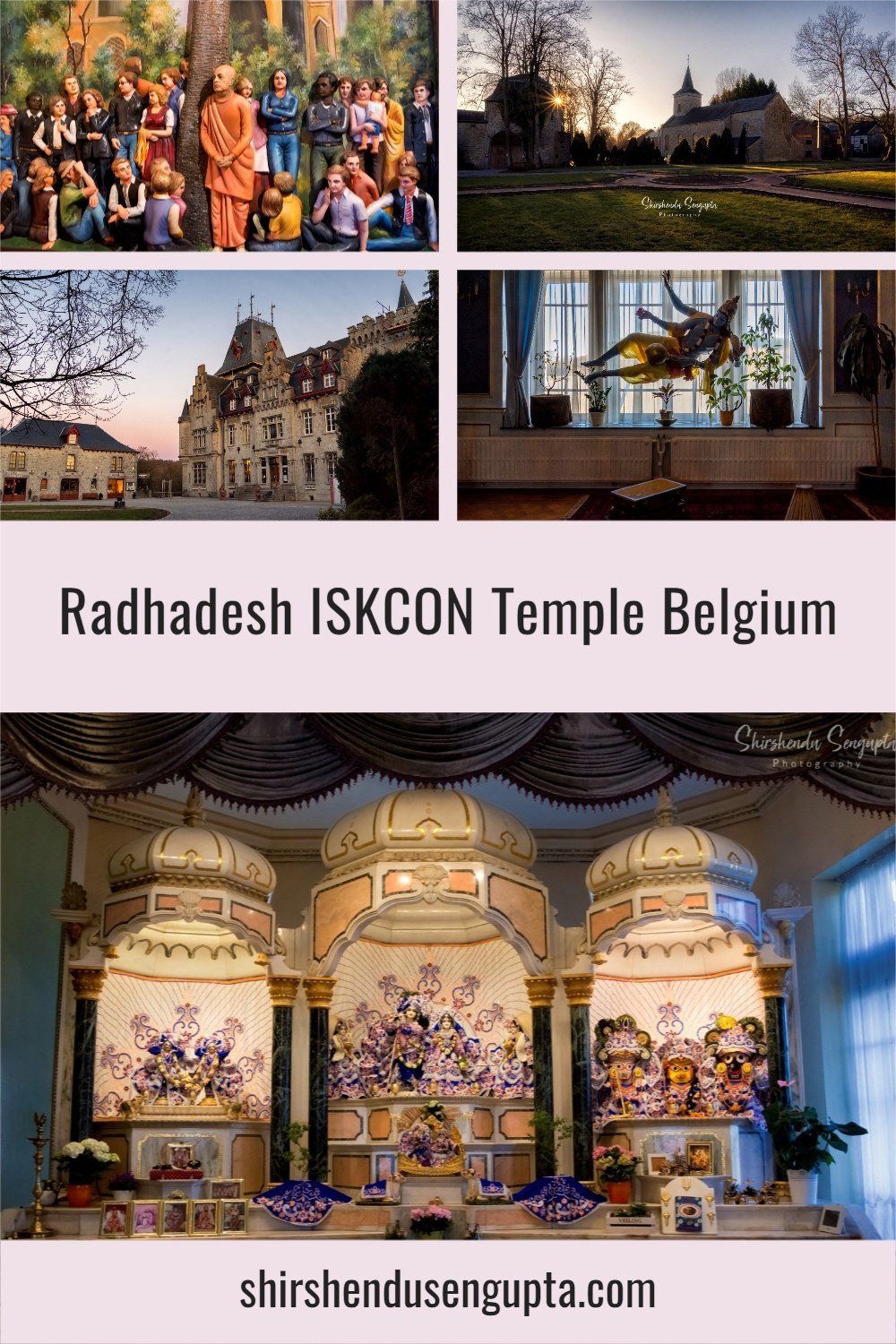
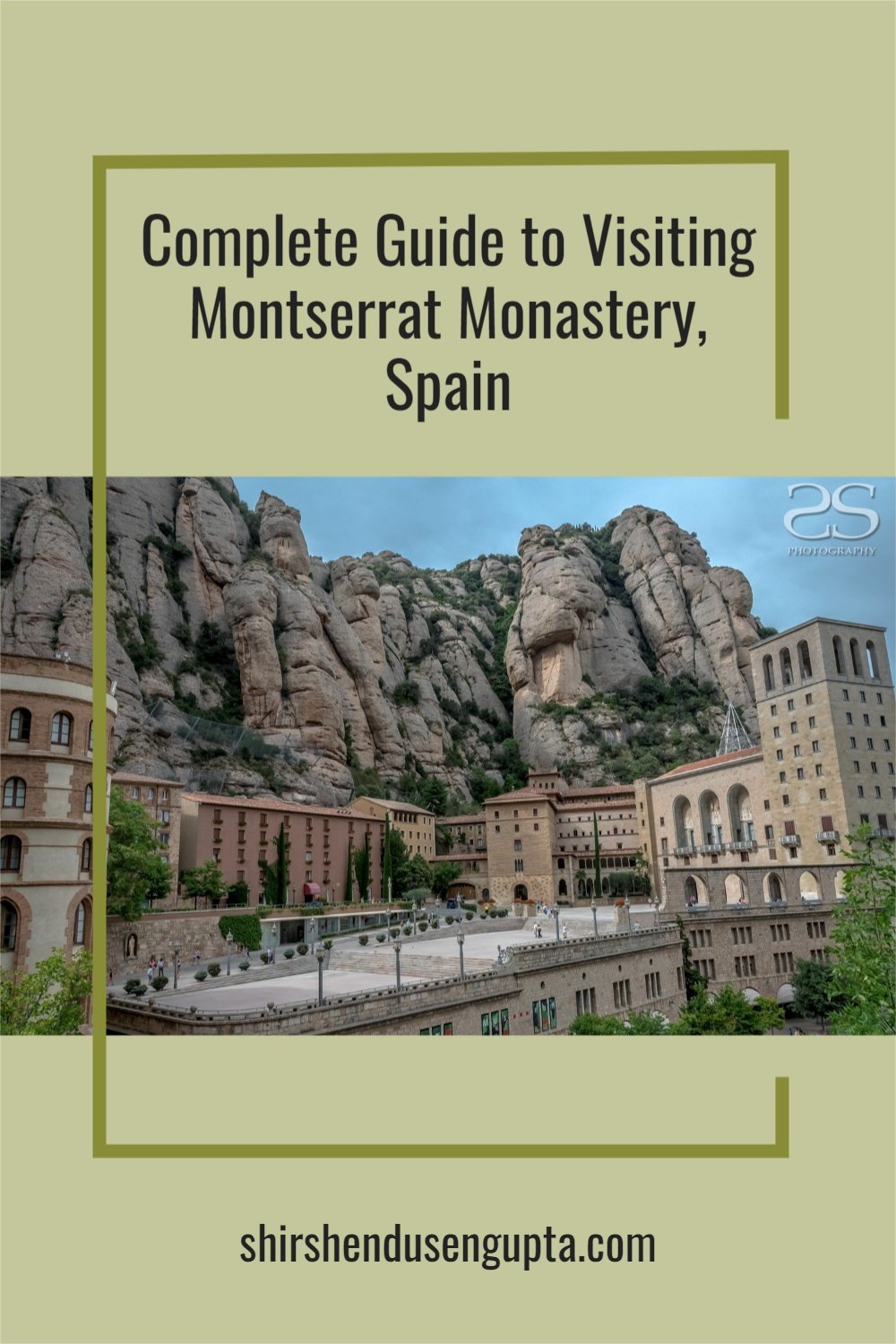
Set amidst the rolling plains of Wiltshire, Stonehenge stands as one of the world’s most iconic and enduring mysteries. These towering stones, some weighing up to 25 tons, arranged in an almost celestial pattern, continue to fascinate archaeologists, historians, and travelers alike. As much as it is a monument to ancient engineering, it is also a spiritual and symbolic landscape that holds stories spanning thousands of years.